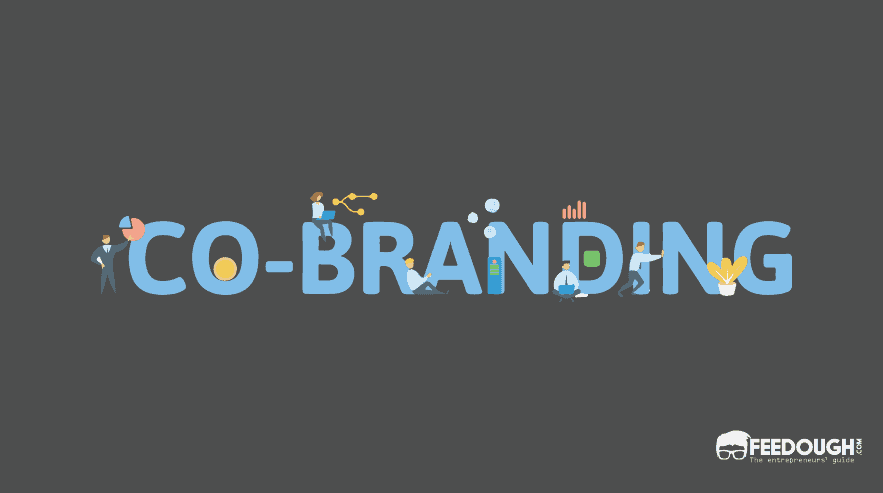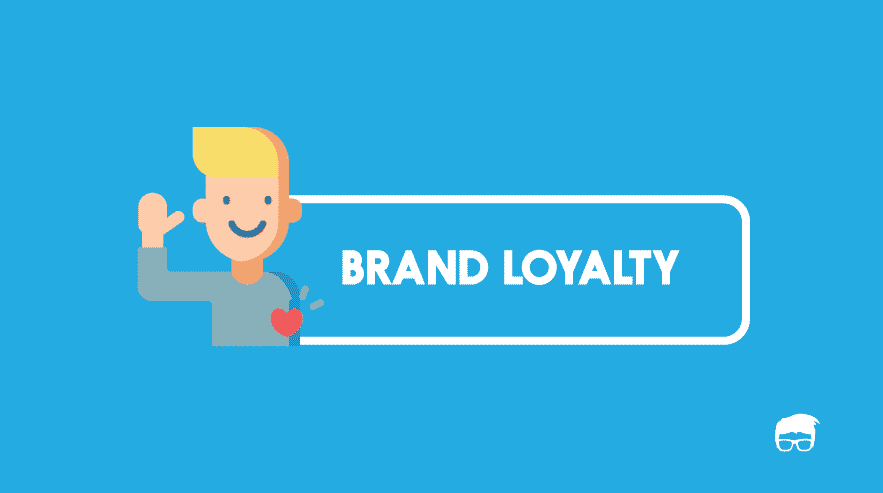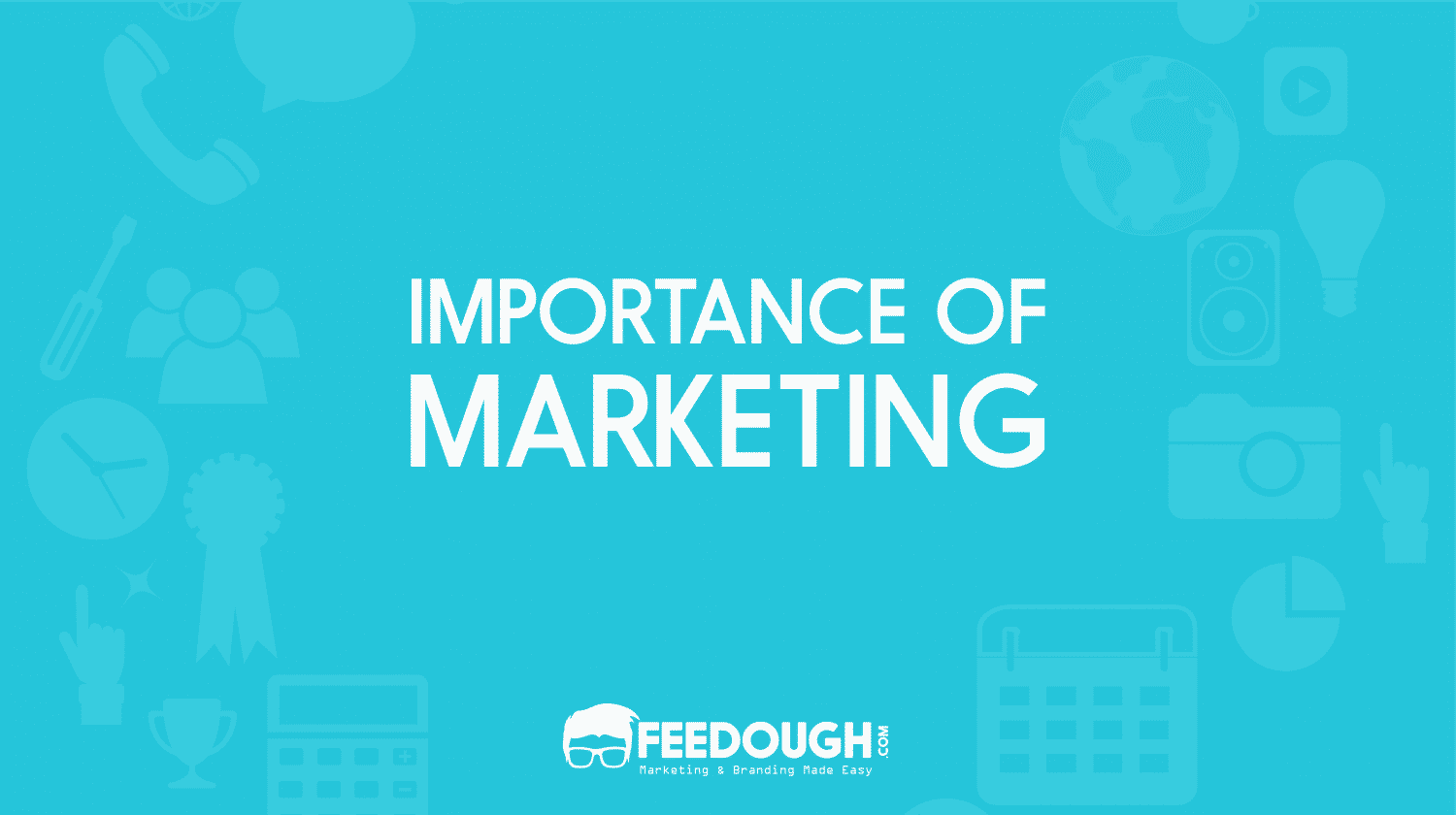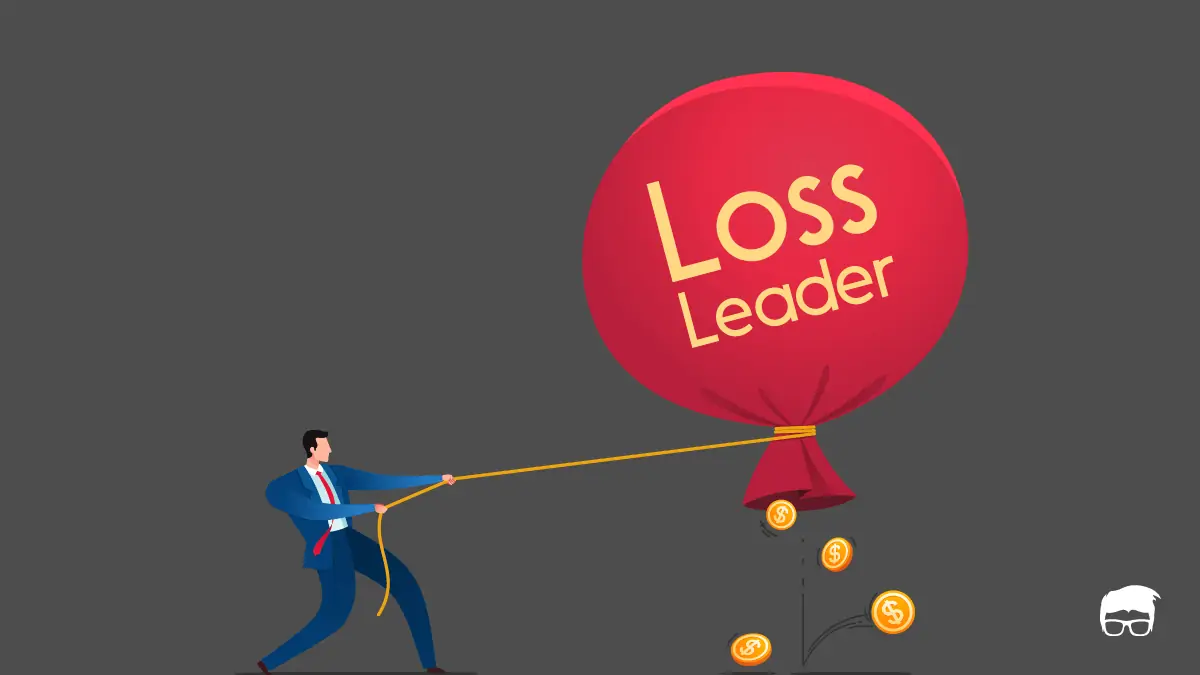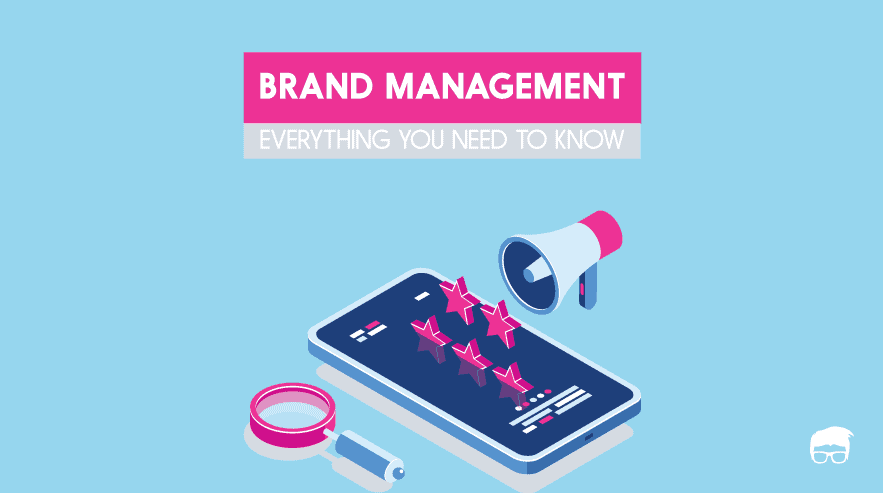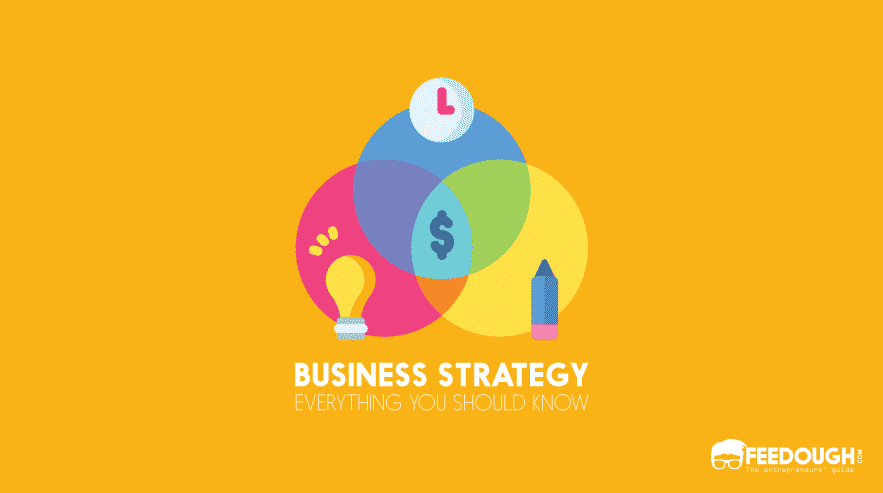Amid the increasing competition, every brand today looks for fresh and exciting marketing strategies that make its offering stand out.
And what’s better than associating the offering with more than one brand to increase its brand appeal and attract more customers?
Co-branding is one such strategy wherein two or more brands strategically partner to form exactly a fresh and exciting marketing strategy. It is often seen as a win-win approach because all partner brands have a chance to portray their strengths and imbibe the strengths of others.
But what is co-branding, why is it needed, and what are its types? Here is a comprehensive guide explaining co-branding, its importance, benefits, disadvantages, and examples.
What Is Co-Branding?
Co-branding is the strategic partnership between two or more companies to associate more than one brand name with an offering to create marketing synergy.
The two notable points in the definition are:
- Strategic partnership: Strategic partnership refers to the process where brands partner to derive profit out of the combined effort. This profit may include – better appeal, increased customer reach, publicity, conversions, etc.
- Creating marketing synergy: The principle of marketing synergy states – ‘the whole must be greater than its parts’. This means that co-brands pool their resources, creativity, and existing brand images to develop an offering that is greater than the sum of its parts.
Why Do Brands Cobrand?
Co-branding helps gain market share, boost revenue streams, build customer awareness and reduce individual risks. Along with this, co-branding is important for the following reasons:
Combine Strengths To Push Growth
Co-branding helps partner brands strategically infuse the best of their brand with the other. When brands collaborate strategically, they can cherry-pick the finest creativity aspects and innovation aspects to form an alliance.
Ultimately, partner brands can pitch in the best of their selling points and create a more valued marketing strategy.
Form Better Acceptance And Receptivity
Oftentimes, brand loyal customers rarely try the offerings offered by a different brand. This makes co-branding important to reach out to them and increases the chances of acceptance and receptivity.
Co-branding helps brands merge their personalities into one. This increases the acceptance and receptivity rates among the customers of one brand to try the new co-branded offering and even the other offerings offered by the second brand they didn’t know about before.
Build Innovation And Value Addition
Co-branding is important to keep up with the innovation pace in the business industry. Customers are constantly looking for better brands with more valuable solutions and innovative brand personalities.
Through co-branding, partner brands can get the required dose of innovation and value-addition.
Take RedBull and GoPro, for example.
GoPro and RedBull marketed their brands with one of the biggest co-brand stunts – Stratos. Stratos was an event where an astronomer jumped from the surface of the Earth wearing GoPro cameras all over his spacesuit. This co-brand stunt reached out to audiences and portrayed that the brands stand for challenges, innovation, and modernity instead of simple cameras and energy drinks.
Establish Credibility
Co-branding is important for smaller brands to team up with other respected brands and consequently raise authority and trustworthiness. This is because partner brands get the chance to highlight and reflect on each other’s assets, thereby strengthening their position in a given industry.
Types Of Co-Branding
Co-branding isn’t a one-size-fits-all process. Companies get into different co-branding contracts depending upon the industry they operate it, the type of offering, and the branding goals.
Ingredient Co-Branding
Ingredient co-branding is when brands collaborate based on compatible ingredients amongst them. The focus is to look for a matching element, combine the brand personalities and market the offering as something that solves the problem better.
Example – Dell + Intel Co-brand
Intel often gets into cobranding contracts with several computer manufacturers to offer its expertise in CPUs. One such contract is with Dell.
- Dell makes laptops that need fast processors.
- Intel makes compact and fast processors that are used in laptops.
Therefore, both their products are perfectly compatible and match the other.
Example – Betty Crocker’s Brownie Mix + Hershey’s Chocolate Syrup
The matching ingredient in Betty Crocker’s brownie – Hershey’s chocolate syrup co-brand is:
- Betty Crocker makes chocolate brownie mixes
- Hershey’s makes chocolate syrup that goes well with chocolates-flavoured baked goods
Therefore, they collaborated on a matching element of their products that would strategically market them as better value.
National To Local Co-Branding
National to local co-branding is when national brands collaborate with local brands. The focus here is for the national brand to reach a local audience, and the local brand can reach a national audience. Since both those customer bases are extreme, the only way to reach them together is through national to local co-branding.
Example – Local Businesses With Groupon
A perfect example of national-to-local co-branding is local businesses getting into a contract with websites like Groupon to provide special offerings to the wider audience.
Composite Co-Branding
Composite co-branding includes well-known and well-established brands collaborating strategically to build a stronger marketing plan. Composite co-branding focuses more on value addition and retaining existing customers instead of acquiring new ones.
Example – BMW-Louis Vuitton Co-Brand
BMW and Louis Vuitton collaborated to make an exclusive range of travel companions for their i-8 model. The collaboration was based on the personality and positioning of both brands as:
- Innovative
- Luxurious
- Expensive
- Sleek
Example – Kanye West + Adidas co-brand
Kanye West and Adidas collaborated to create ‘Adidas Yeezy’ a premium range of sneakers, shirts, jackets, track pants, etc. From $600 for track pants to $3000 for jackets, Adidas Yeezy is known to be the most influential co-brand today. This is because the values and positioning of both comply well with each other.
Co-Branding Benefits
Co-branding results in a win-win situation for the partners where they make use of each other strengths and share the risks to get the most out of their investments.
Lower Risks
Brands constantly develop strategies to reduce their marketing costs. A huge bonus of co-branding is that it helps split the marketing costs amongst partner brands. Therefore, with half the budget, brands can receive double the return on investment.
The less investment also lowers the risks associated with a new business offering, such as:
- Competition risks
- Operational risks
Moreover, the risks are shared with the partners equally.
Co-branding helps signal advantageous information to the audience. Partner brands can create a more all-rounding marketing strategy when they combine their resources. The experiences, creative personnel, and marketing channels of partner brands help work with a wider set of resources.
Broad Customer Base
Co-branding helps target a larger customer base. When two well-aligned brands come together, each can target the other’s market.
Therefore co-branding widens the reach and visibility of a brand to a market that they may once not have had access to. Ultimately this also increases the chances of generating more sales for each partner brand.
Alignment Of The Best Features Of All
Co-branding combines the best strengths of all partner brands. The charisma and glamour that a brand gains for itself can be extended to other brands. Each partner brand can offer its best feature and in return, gain the others’ best features to emerge holistically stronger.
Co-Branding Disadvantages
Despite the growth of co-branding, it is not an ultimate marketing strategy. This is because it has its share of disadvantages –
Agreement Fallouts
Co-branding involves complex agreements. Brands may try to manipulate these agreements toward their side. In such cases, if the partner brands find out, there might be a fallout instead of a synergy.
The reasons for such disagreements include:
- Investment amounts
- Profit percentage
- Authority disputes
- Company objective disputes
Confused Brand Messages
In certain situations, co-branding may create more confusion than coherence. Such situations arise both –
- When the brands’ ideals align with each other
- When the brands’ ideals don’t align with each other
Varied brand ideals
Co-brands with varied brand personalities often fail to create a unified business offering for the audience. This usually happens because such brands don’t strategically fit into one another like a puzzle piece.
A perfect example of such co-branding failure is the Target + Neiman Marcus collection. Target wanted to increase its sales during the time period between the black Friday sale and the Christmas Sale. To do this, it collaborated with Neiman Marcus to release a holiday collection of offerings.
But the Target Neiman Marcus co-brand failed miserably because the brand personalities of both brands didn’t match. Target is an affordable retail store for clothing, electronics, and lifestyle products. Neiman Marcus, on the other hand, is a luxury clothing brand. Target customers didn’t like Neiman’s expensive, overtly fashionable clothing, and Neiman customers didn’t like the idea of going into a regular retail store for their luxurious clothing.
Same Brand Ideals
A co-brand between identical brand personalities can also confuse customers. The reason is that brands in the same industry have competitive audiences instead of cooperative.
A co-branded product offered by Adidas and Nike might confuse the audience.
Reputation Imbalance
Unequal reputation levels amongst partner brands may pull the other down.
Example – Lego + Shell Co-brand
The Lego-Shell co-brand was a reputation disaster because Shell is associated with exploiting natural resources, and Lego stands for safe, creative, and innovative toys for children. Due to the negative reputation of Shell in light with the creative child brand Lego, the co-branding strategy backfired.
Examples Of Co-Branding
To understand the nitty-gritty of a co-brand, here are some examples of the famous co-brands:
Spotify And Uber
Spotify and Uber created a co-brand by allowing users to listen to their exclusive Spotify playlists in their Uber rides. Uber is a growing brand in the transport niche, and Spotify is a growing brand in the music-streaming niche. Uber and Spotify could target very different yet compatible audiences through a co-branding strategy.
The aspects used to strategically align the two brands were:
Uber
- Moderately well-established
- Cater to 16-24-year olds
- Well-established in the U.S. market
- Stands for modern and easy solutions
Spotify
- Moderately well-established
- Cater to 18-25-year olds
- Well-established in the U.S. market
- Stands innovative, and modern solutions
Therefore, the strategic collaboration helped make more personalised experiences for a Uber rider through Spotify.
Taco Bell And Doritos
The Taco bell Doritos co-branded Doritos Locos Tacos is one of the most successful food co-brands. The co-brand strategy was carried out through a new product – Doritos Locos Tacos. This was a Taco-Bell shell made out of Nacho Cheese Doritos snack chips. Within the first 10 weeks of this co-brand launch, 100 million products were sold!
Taco Bell-Doritos used the specific matching ingredients of their brand to create an ingredient co-brand. This was possible since the following aspects of both brands are so well-aligned:
- Food niche – crunchy snack food
- Packaged and mobile product
- Well-established in the U.S. market
UNICEF And Target
UNICEF partnered with the apparel brand Target to promote UNICEF kid power. Target was strategically selected to sell Kid Power products. This is because Kid Power aimed to reach more parents and children in America, and Target was already catering to most parents and children in America.
The co-brand was done through a new product – a mobile application for the buyers of Kid Power merchandise from Target. Through the application, children could go on UNICEF missions to help and learn about various cultures.
Even though UNICEF and Target don’t look like partner brands, they created a successful national-to-local co-brand. This co-brand product was successful because of the strategy more than personality.
Go On, Tell Us What You Think!
Did we miss something? Come on! Tell us what you think about our article on co-branding in the comments section.
A marketer with a specialisation in Economics, Law and Computer Studies. Performed social media marketing for McDonald’s, GoIbibo, and LaughGuru.
